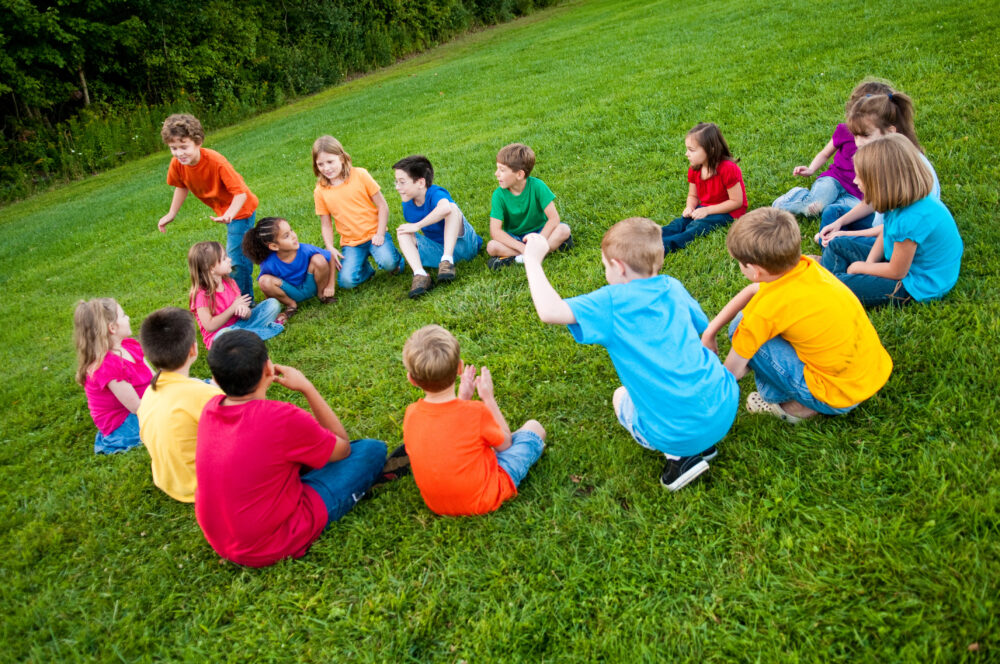In an era dominated by screens and sedentary activities, it’s more crucial than ever to encourage young children to embrace physical activity. Not only does movement aid in physical development, but it also lays the groundwork for a healthier, more active lifestyle in adulthood. At the Heritage Learning Center, we recognize the paramount importance of physical activity and have curated tips to infuse more movement into a child’s daily routine.

1. The Importance of Physical Activity for Young Children
- Developmental Growth: Engaging muscles through activities like running, jumping, or even crawling helps in refining motor skills and enhancing muscle strength.
- Cognitive Benefits: Regular physical activity can improve cognitive abilities, boost memory, and enhance concentration levels.
- Social Skills: Team games and group activities teach children about teamwork, sharing, and understanding emotions.
2. Fun Ways to Get Moving
- Dance Parties: Play your child’s favorite music and dance away! It’s a fun way to get the heart pumping and bodies moving.
- Nature Walks: Explore your neighborhood, local park, or trails. This not only promotes physical activity but also instills a love for nature.
- Obstacle Courses: Using household items, create a fun and safe obstacle course. It can be as simple or intricate as you’d like!
3. Integrating Physical Activity into Routine
- Active Transportation: Instead of driving, consider walking or biking to nearby places. This is especially engaging when turned into an adventure or exploration.
- Chores Can Be Fun: Turn simple tasks like cleaning up toys into a game, or garden together, digging and watering plants.
- Break Times: Instead of passive breaks, encourage a few minutes of stretching or a quick game.
4. The Role of Toys and Play Equipment
- Age-Appropriate Toys: Toys like jump ropes, hula hoops, and balls can motivate kids to move.
- Climbing Equipment: Safe climbing structures can offer both fun and challenge, encouraging strength and balance.
- Interactive Games: Consider toys that merge technology and movement, like dance mats or motion-controlled games.
5. Setting an Example Children often mirror the adults in their lives. By adopting an active lifestyle yourself, you naturally motivate your child to be more active.
- Work Out Together: Simple exercises or yoga can be a fun bonding activity.
- Outdoor Adventures: Plan family outings centered around physical activity like hiking, swimming, or even picnics with games.
Physical activity is not just about health; it’s about equipping young children with tools for holistic growth. At Heritage Learning Center, we prioritize physical, cognitive, and emotional development, and we believe that movement plays a pivotal role in achieving that balance. Encouraging young children to be active is a gift that keeps on giving, laying a foundation for a lifetime of health and well-being.
About Heritage Learning Center Heritage Learning Center is dedicated to fostering an environment where children can grow, learn, and thrive. Our programs are designed to cater to each child’s unique needs, ensuring they receive a well-rounded education. For more insights and tips on child development, stay tuned to our blog or give us a call today!


